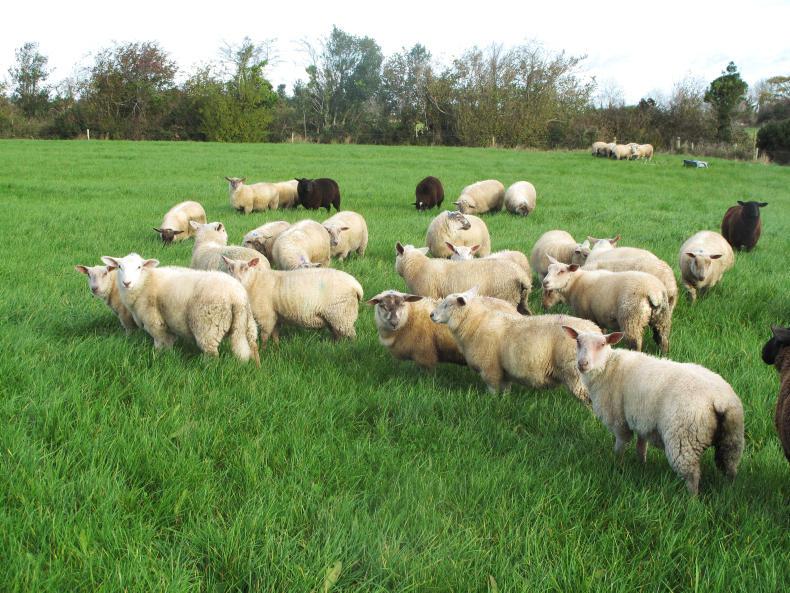Store lamb budgets
Demand for store lambs has lifted in the last week and while prices continue to be limited by factory price pressure, good-quality stores are moving easier.
Part of the spike in demand is stemming from surplus grass and, as such, it is important to complete a finishing budget that sets out target guidelines and identifies the most suitable type of lambs to purchase.
Performance on grazed grass will typically average 150g/day where grass utilisation and quality is good at the start of October, easing back to 100g per day as the month progresses, while performance in December will dip sharply and depend mostly on weather and grass quality.
As a rough guide, a sward with grass height of 8cm to 9cm should provide grazing for 10 lambs per hectare (four per acre) for 10 weeks, while a lower sward height of 6cm to 7cm will provide grazing for seven lambs per hectare (about three lambs/acre) for 10 weeks. This is based on a good-quality sward where there is not a butt of poor-quality or high proportion of stem at the base of the sward and reasonable levels of grass utilisation (70% to 80%) are achieved.
Where grass supplies will only sustain lambs for a shorter period then purchasing a short-keep store may be the best option, particularly given higher concentrate costs. Where there is scope to carry lambs in the longer term, the best returns in recent years have been achieved from trading lambs next spring.
Factor realistic costs into the budget. A reasonable value to take for mortality, veterinary, transport, etc, is €7 to €8. For some, it may be a better option to investigate temporary grazing agreements which will be covered in detail in next week’s winter feed focus.
Grazing forage crops
Some forage crops sown after tillage crops which were harvested early are starting to be grazed. Feeding management is important to get the best response and reduce the risk of digestive upsets.
Lambs should be introduced to the crop with a full stomach to initially limit intake and ideally only have access to the crop for a couple of hours or access to a run-back grass area.
Time spent on the crop can be increased over a seven- to 10-day period allowing animals to become acclimatised to their new diet without causing any digestive issues.
One of the most important factors where finishing lambs is to budget the volume of dry matter present and tailor the number of lambs grazing accordingly, so that lambs do not need to be removed from the crop before fit for slaughter.
Determining the volume of feed available at the outset will also allow decisions on supplementation to be made.
Crutching the bellies and tail-end region of lambs will deliver benefits in keeping lambs cleaner while shearing may be the best option in this regard for crossbred lambs.
With regards health concerns, it is important to ensure lambs are on a clostridial disease vaccination programme while if lambs are grazing on the crop for a long period then iodine supplementation will be required.
Photo-sensitisation, characterised by swelling of ears, eyes or head and blisters/scabs is more of an issue where lambs are grazing growing crops with white-faced breeds more susceptible. Affected animals should be removed from the crop.






 This is a subscriber-only article
This is a subscriber-only article










SHARING OPTIONS: